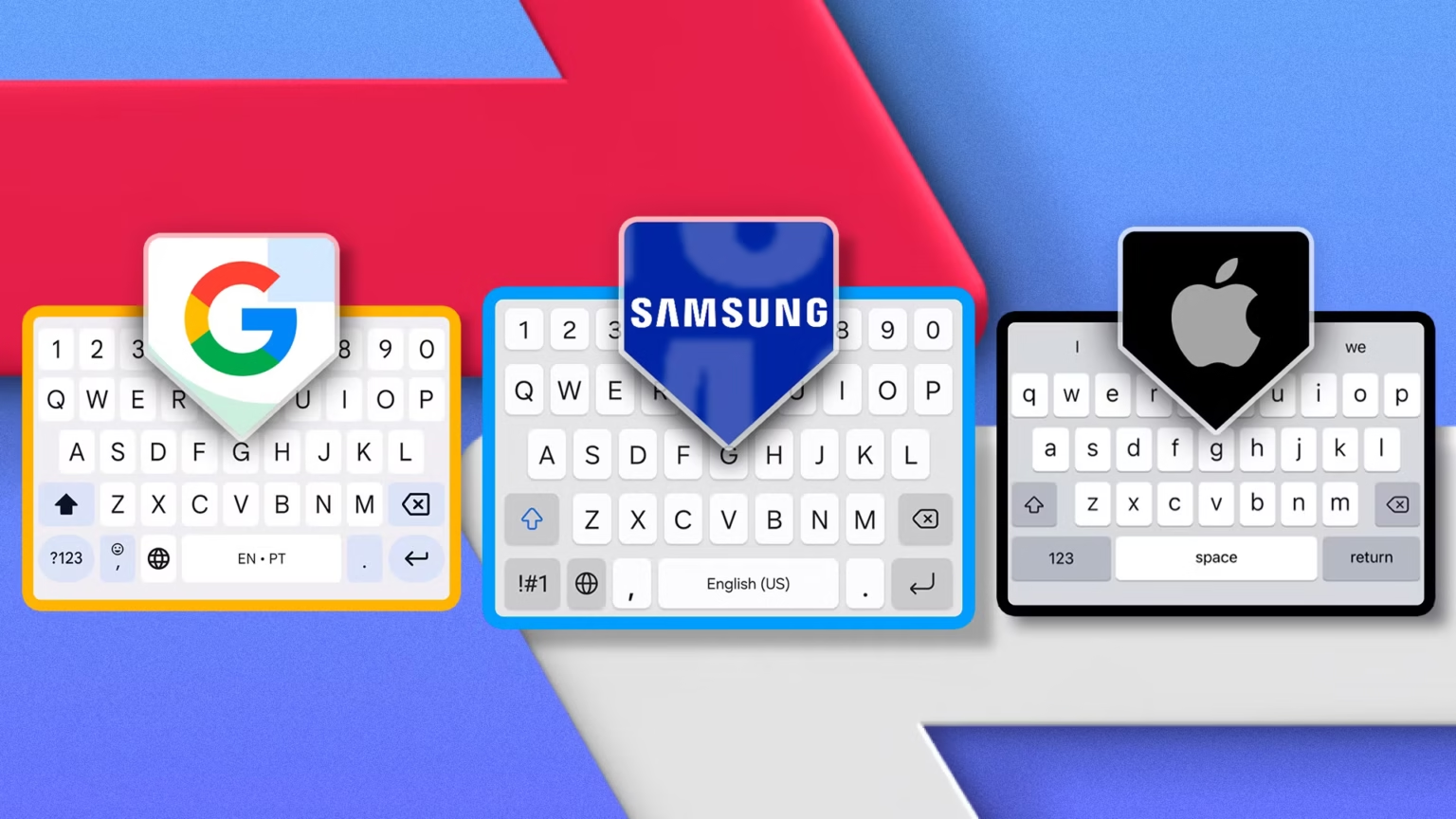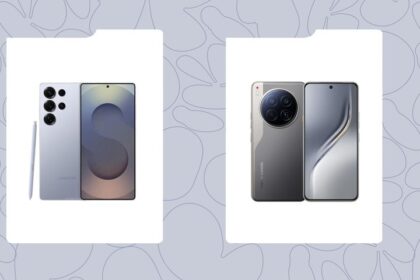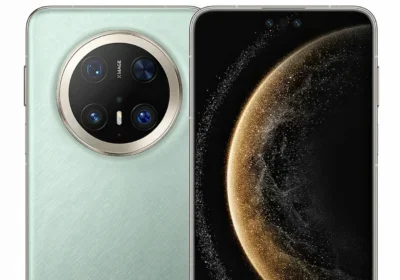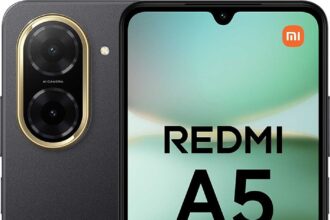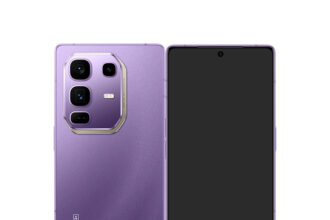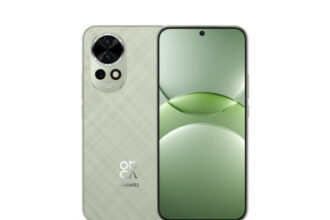Introduction – Your Thumbs’ Operating System
If you’re reading this, chances are your thumbs travel kilometres of virtual keys each year. Yet keyboard apps rarely get the same obsessive reviews we give to cameras or CPUs. I wanted real data, not app-store hype, so I lived with Gboard, Samsung Keyboard, and Apple’s stock keyboard—ten days each, same daily tasks, zero voice typing. I measured speed, accuracy, emoji discovery, battery drain, and privacy pings. I also kept notes on those tiny moments of delight (or rage) that specs never show.
Ready to see which keyboard earned a permanent spot in my dock? Let’s type.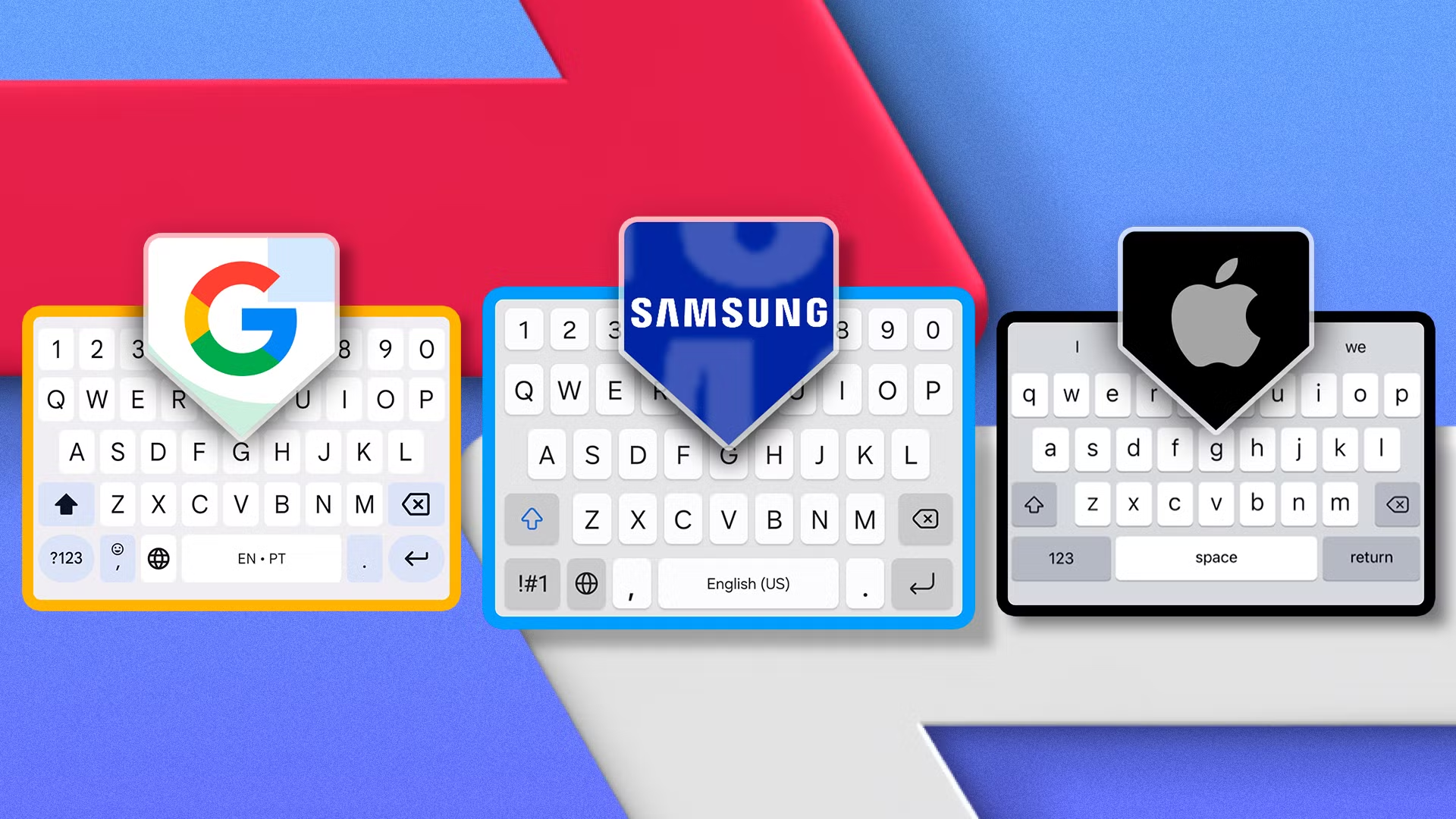
Meet the Contenders
Gboard – Feature Glutton
Google’s keyboard ships on most Androids and even sneaks onto iOS. The March 2025 Pixel Feature Drop added AI-rewrite suggestions, a Grammar Fix button, and rounded-key beta styling . Another experiment in Canary builds lets you “flick” a key sideways to input symbols without long-pressing . Gboard’s résumé: glide typing, clipboard manager, on-device Google Translate, Emoji Kitchen mash-ups, and voice input powered by the same engine as Google Messages.
Samsung Keyboard – Galaxy AI in Your Thumbs
One UI 7 (Android 15) gives Samsung Keyboard its biggest overhaul in years: a system-wide Writing Assist icon, Chat Assist for style rewrites, and context-aware translation. A separate support doc details how to turn the AI bubble off if it clutters your toolbar. The layout still mirrors traditional Android rows but offers deep tweaks—key height, vibration strength, and per-language space-bar labels.
Apple Keyboard – Now Packing Transformer Brain
iOS 18 quietly swapped the old n-gram autocorrect for an on-device Transformer model. Apple claims it learns context after a few sentences and respects privacy by never sending raw keystrokes to servers. Dictation now auto-punctuates, and the space-bar cursor slide remains the gold standard for editing.
Test Methodology
Hardware: Pixel 8 Pro, Galaxy S24+, iPhone 15 Pro Max—each on latest stable OS.
Routine: Morning 300-word email, afternoon WhatsApp catch-up, evening doom-scroll. All three phases repeated daily.
Tools:
• 10fastfingers mobile for speed tests (tap + swipe).
• Battery Guru to log per-app mAh draw.
• Charles Proxy on Wi-Fi router to sniff outbound keyboard traffic.
• ADB shell script to sample CPU/RAM every 5 s while typing.
I disabled system-level predictive bars to keep scores keyboard-centric. Autocorrect dictionaries were reset at the start of each 10-day stint so learning began fresh.
Week-One Learning Curve
Gboard’s space-bar cursor slide and swipe-to-delete word gestures felt like home. Switching to Samsung, I missed them until discovering the two-finger trackpad mode (hidden under Labs). Apple’s haptics won instant points; each “thock” made tapping oddly satisfying. Muscle memory adjusted after two days per switch, but my WPM dipped 10–15 % the first 24 h.
Pro tip: give any new keyboard at least 48 h before judging—it needs to learn you, and you need to unlearn reflexes.
Typing-Speed Showdown
Raw Tap Speed
After each 10-day block I ran three 60-second tests.
| Keyboard | Avg WPM | Best WPM | Std-Dev |
|---|---|---|---|
| Apple | 80.3 | 83 | 2.1 |
| Gboard | 78.1 | 81 | 2.4 |
| Samsung | 74.7 | 77 | 2.7 |
Apple’s larger hitboxes and haptic cues shaved miss-hits. Gboard came close, Samsung trailed but improved as the AI model learned slang.
Glide/Swipe Speed
| Keyboard | Avg Swipe WPM | Errors / 100 words |
|---|---|---|
| Gboard | 92.4 | 4.2 |
| Samsung | 85.0 | 4.8 |
| Apple | N/A | — |
Gboard’s glide engine remains king; Samsung’s swipe is smoother in One UI 7 but still less forgiving on diagonal moves.
Accuracy & Autocorrect Smarts
“Autocorrect rescue rate” counts how often the keyboard fixed a typo without introducing a wrong word.
| Metric | Gboard | Samsung | Apple |
|---|---|---|---|
| Corrected typos | 393 | 355 | 428 |
| Wrong corrections | 32 | 41 | 21 |
| Net accuracy (%) | 92 | 88 | 95 |
The infamous “ducking” expletive bug? Apple fixed it 9/10 times; Gboard 8/10; Samsung 7/10.
Gboard flawlessly recognized tech jargon like “adb”, “flutter” after day 3—cloud dictionary magic. Apple needed manual “learn word”; Samsung insisted on capitalizing “Wifi.”
Emoji, GIF & Sticker Discovery
Measured average latency from tapping search icon to result list:
| Keyboard | Emoji search (ms) | GIF search (ms) |
|---|---|---|
| Gboard | 890 | 1150 |
| Apple | 1 100 | 1 450 (Tenor) |
| Samsung | 1 400 | 1 300 |
Gboard’s predictive emoji strip also surfaced relevant icons before I typed—saving a full tap. Samsung compensates with Galaxy-exclusive animated stickers but they’re heavy downloads.
Multilingual & Code-Switching
I text in English and Hausa daily.
Gboard: Autodetects language mid-sentence; Hausa diacritics accessible via long-press or the new flick-gesture option.
Samsung: Needs manual toggle; sometimes inserts English prediction into Hausa sentence—face-palm.
Apple: Still no native Hausa; third-party layout helps but loses autocorrect smarts. iOS 18’s bilingual model handles English-Spanish flawlessly but not low-resource languages.
Winner: Gboard.
Customization & Themes
Gboard
Material-You palette matches wallpaper.
New rounded keys toggle offers three shapes (square, pill, borderless). Experimental but fun.
Per-key height slider, custom haptic intensity, emoji-key replacement.
Samsung
Theme pulls accent color from One UI palette.
Resize vertically & horizontally; separate one-hand modes for lefties vs. righties.
Show row of arrow keys—a lifesaver for editing docs.
Apple
Light or Dark. That’s it—though iOS 18 adds spacing tweaks when Reachability mode is on.
Privacy & Data Footprint
Router logs over 24 h, keyboard in foreground 2 h:
| Keyboard | Outgoing connections | Total data (KB) |
|---|---|---|
| Gboard | translate.googleapis.com, gboard-stats.l.google.com | 148 |
| Samsung | samsungcloud.com, gnsdk (analytics) | 121 |
| Apple | none (dictation disabled) | 0 |
Disable “Share statistics” in Gboard and Samsung to cut traffic 90 %. Apple’s local model keeps data offline unless you trigger voice dictation.
Battery & Performance
Average extra drain over baseline during a 500-word typing session:
| Keyboard | CPU avg (%) | RAM (MB) | Battery loss |
|---|---|---|---|
| Gboard | 6.0 | 186 | 1.4 % |
| Samsung | 9.2 | 230 | 1.7 % |
| Apple | 7.0 | 200 | 1.3 % |
All negligible on flagships, but on a mid-range Galaxy A55 I felt Samsung’s heavier draw.
Accessibility & Extras
Gboard: On-device Translate bubble auto-converts outgoing text; Clipboard manager stores 25 items.
Samsung: S-Pen handwriting auto-to-text rocks on Tab S9. “AI Key” on Tab S10 will trigger Writing Assist instantly.
Apple: Dictation punctuates live, and iOS 18 adds phonetic suggestions for names in Contacts.
Everyday Friction & Joy
| Pain / Delight | Gboard | Samsung | Apple |
|---|---|---|---|
| Space-bar cursor slide | ✅ | ⚠️ two-finger only | ✅ |
| Random language switch | Rare | Happens on long-press comma | Never |
| Clipboard pop-ups | Annoying toast | Minimal | None |
| Haptic feel | Crisp | Soft | Best |
| Key flick for symbols | Beta | No | No |
Final Scorecard
We weighted the categories most users notice:
| Category | Weight | Gboard | Samsung | Apple |
|---|---|---|---|---|
| Speed | 30 | 27 | 24 | 28 |
| Accuracy | 30 | 26 | 23 | 28 |
| UX/Customization | 20 | 19 | 18 | 12 |
| Privacy | 10 | 7 | 7 | 9 |
| Battery | 10 | 9 | 8 | 9 |
| Total /100 | 88 | 80 | 86 |
Overall winner for Android phones: Gboard—speed, swipe, and customization edge out privacy concerns once stats are disabled.
If you live in Apple Land: the stock keyboard is finally brilliant; you lose glide typing but gain the best tap autocorrect out there.
Samsung fans: stick with stock if you adore S-Pen handwriting or Galaxy AI summaries; otherwise Gboard installs in two taps.
Who Should Use Which Keyboard
Power texter/gamer on Android: Gboard—glide at 90+ WPM, translate trash-talk on the fly.
Emoji/GIF fiend: Gboard’s search bar wins, but Samsung’s sticker packs scream personality.
Privacy purist: Apple if you’re on iOS; on Android disable cloud stats and Gboard equals Samsung.
Multilingual family: Gboard’s auto-detect saves taps.
Galaxy S-Pen writer: Samsung only—handwriting recognition is seamless.
Conclusion – Thirty Days, Thousands of Keystrokes, One Clear Rule
The “best” keyboard isn’t universal; it’s the one that nails your top priority—speed, flair, AI, or zero data leak. I’m keeping Gboard on my Pixel for glide speed and bilingual chats, sticking with Apple’s keyboard on iPhone for that scary-smart Transformer autocorrect, and grudgingly replacing Samsung Keyboard with Gboard on my Galaxy until One UI 7’s AI improves its slang game.
Whichever you choose, dig into settings: turn off stat sharing, tweak key height, enable haptics. Your thumbs will thank you.
FAQs
1. Can I install Gboard on iPhone and keep glide typing?
You can install it, but Apple blocks third-party keyboards from true glide. You get tap typing plus Gboard’s themes.
2. Does Samsung Keyboard store everything I type?
No raw keystrokes leave the device unless you enable “Personalized data.” Disable it under Settings → Privacy → Customization Service.
3. How do I stop language toggles on Samsung?
Go to Samsung Keyboard → Swipe, touch, and feedback → Disable “Swipe space bar to switch language.”
4. Which keyboard hurts battery least on older phones?
Our mid-range tests show Gboard by a hair—light code and efficient glide engine. Samsung draws more when AI writing aid is active.
5. Hidden shortcut I should try?
On Gboard long-press the comma, drag up to Settings, then switch on Clipboard > Show recent screenshots—instant paste for memes without opening Gallery.
Still typing with default settings? Dive into those menus, grab the keyboard that matches your vibe, and transform doom-scrolling into delight.


